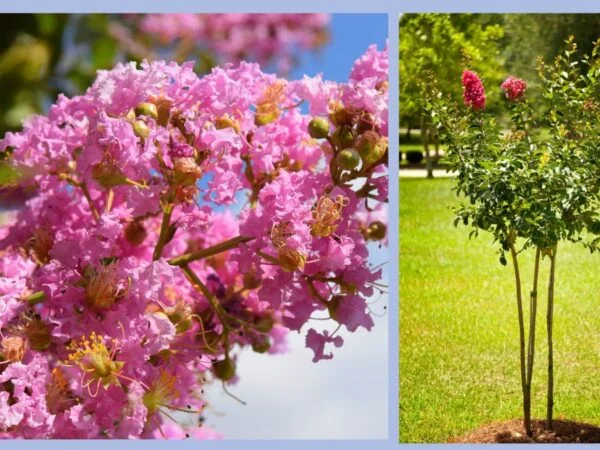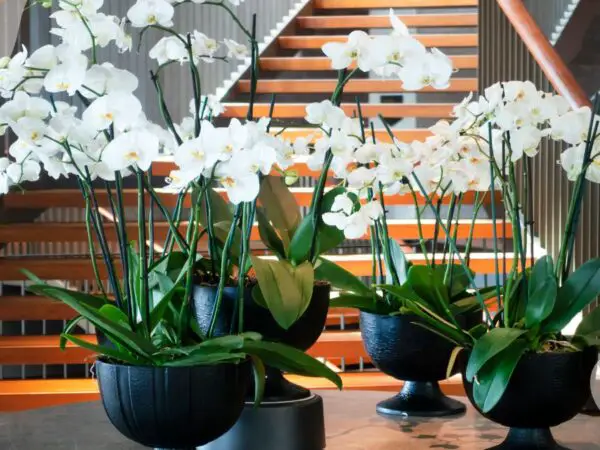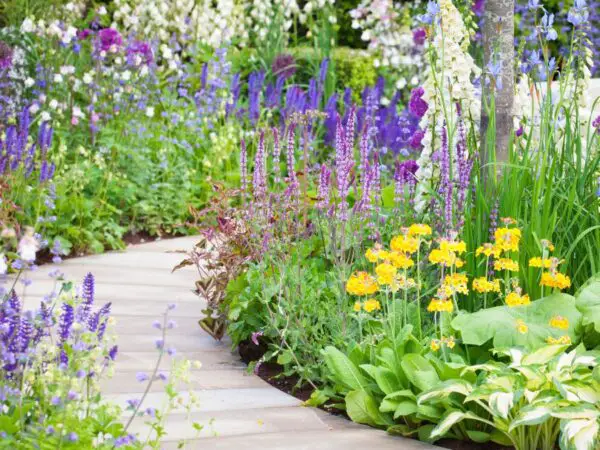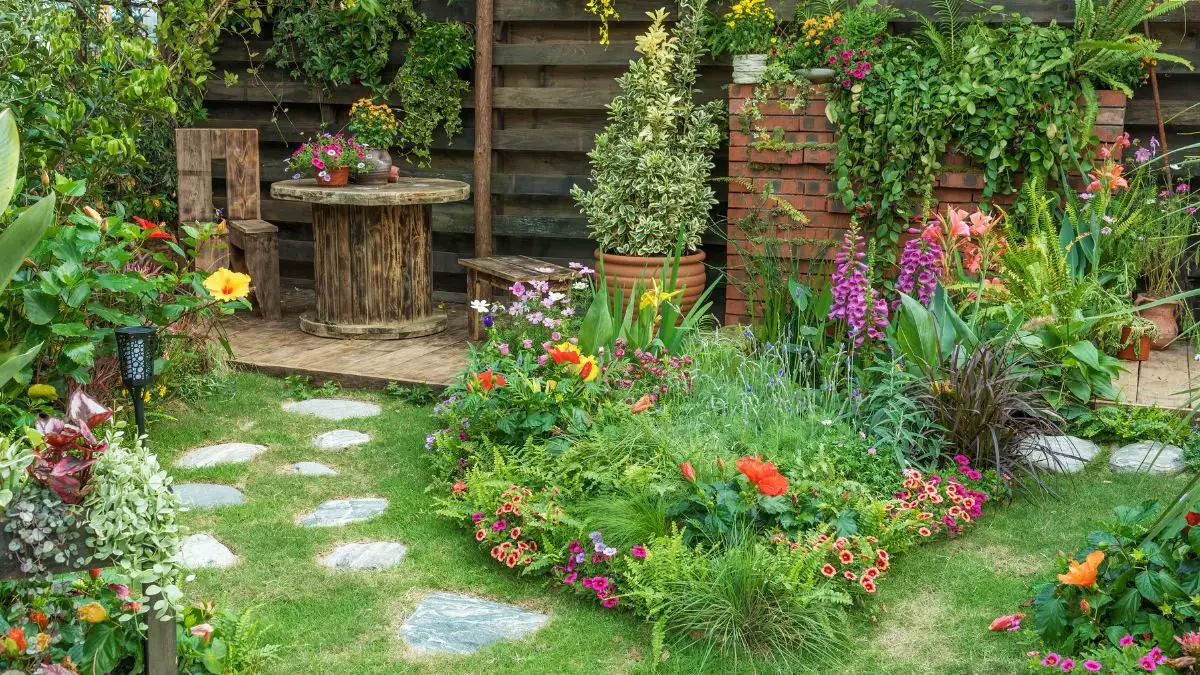
Exploring the process of planting a flower garden can be both rewarding and therapeutic. From selecting the right location to choosing the perfect flowers, each step plays a crucial role in creating a vibrant and flourishing garden space. Understanding the soil requirements, sunlight exposure, and watering needs are essential factors to consider for successful gardening endeavors. With proper planning and care, anyone can cultivate a beautiful flower garden that blooms with color and life.
Key Takeaways
- Plan Before You Plant: Take the time to plan your flower garden layout, considering factors like sunlight, soil quality, and water access.
- Gather Your Supplies: Ensure you have all the necessary tools and materials before starting your planting process, including seeds or plants, soil, fertilizer, and gardening gloves.
- Prepare the Soil: Prepare the planting area by clearing debris, loosening the soil, and adding compost or fertilizer to create a healthy environment for your flowers to thrive.
- Plant with Care: Follow planting instructions for each type of flower, ensuring proper depth and spacing to promote healthy growth and blooming.
- Nurture Your Garden: Water your flowers regularly, remove weeds, and monitor for pests or diseases to maintain a vibrant and healthy flower garden.
- Stay Consistent: Regularly tend to your flower garden by deadheading spent blooms, fertilizing as needed, and adjusting care based on seasonal changes to enjoy a flourishing garden throughout the year.
Planning Your Flower Garden
Choose a Spot
Select a sunny spot for your plants to thrive. Ensure adequate space for each plant and prioritize good drainage to prevent waterlogging.
Test Soil Quality
Conduct a soil test to assess pH levels and nutrient content. Use a soil testing kit to identify deficiencies that could hinder plant growth. Adjust pH levels with lime or sulfur if needed.
Identify Growing Zone
Determine your garden's USDA hardiness zone to select suitable plants. Research plants that flourish in your climate and growing conditions, considering microclimates that may impact growth.
Design Your Garden
Sketch a layout plan to visualize plant placement and spacing effectively. Group plants with similar water and light needs together for efficient care. Integrate pathways and borders for accessibility and aesthetic appeal.
Gathering What You Need
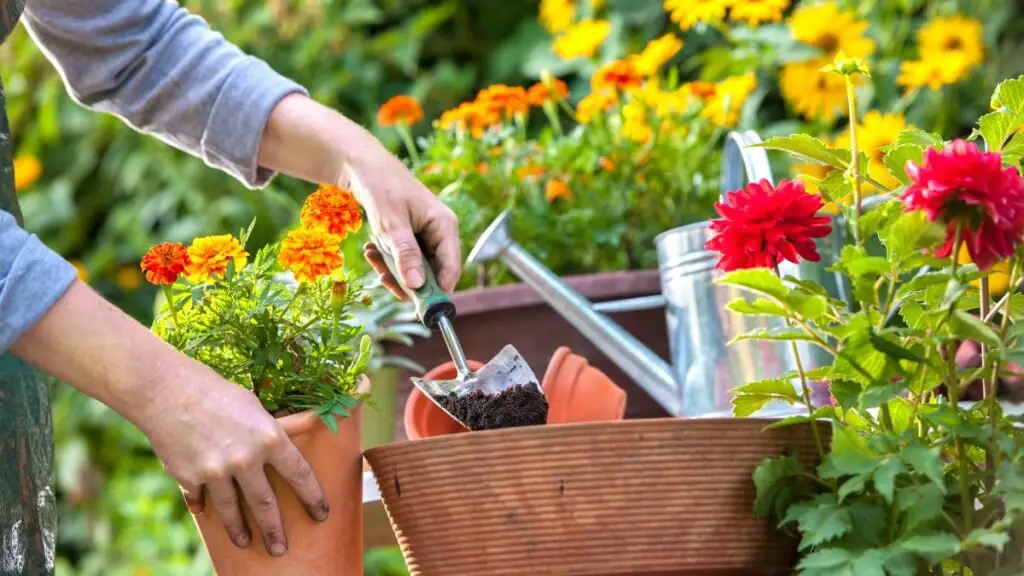
Tools and Equipment
When planting a flower garden at home, start by gathering essential tools such as a trowel, gloves, and a watering can. Investing in quality gardening equipment will yield better results. Ensure to keep your tools clean and organized for efficient gardening sessions.
Materials Required
To bring your flower garden to life, purchase high-quality compost to enrich the soil with nutrients. Acquire seeds or plants from reputable sources to ensure healthy growth and vibrant blooms. Utilize organic mulch to retain moisture in the soil and suppress weed growth.
Preparing the Planting Area
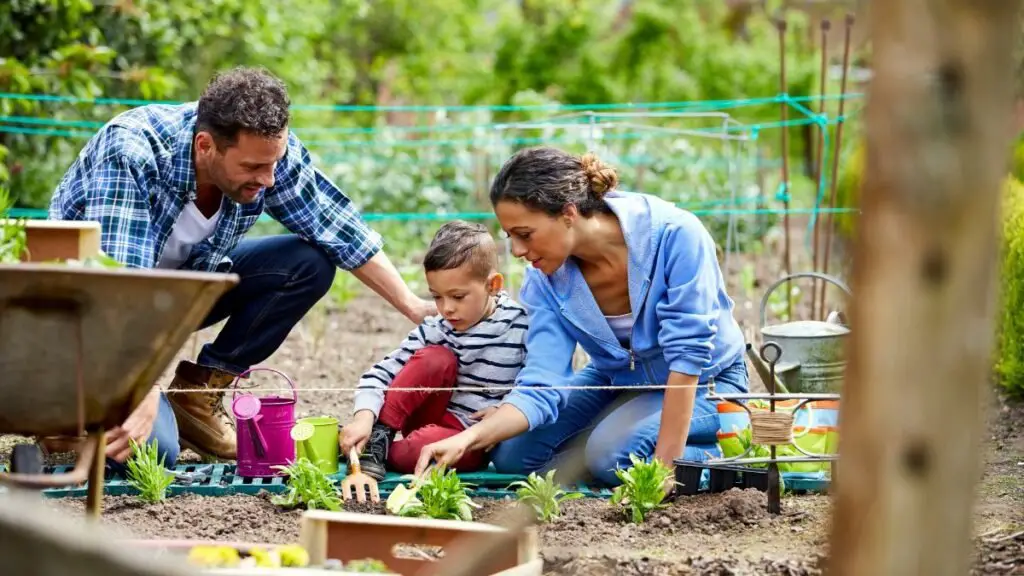
Amend Soil
Mix compost to enhance soil structure and fertility. Avoid compacting the soil; work gently to maintain its integrity. Ensure well-draining soil to prevent waterlogging that can harm roots.
Create Flower Bed
Define flower bed borders using edging materials for a neat appearance. Clear weeds and debris from the area before planting for optimal growth conditions. Raised beds offer better drainage and visibility for your plants.
Planting Your Flowers
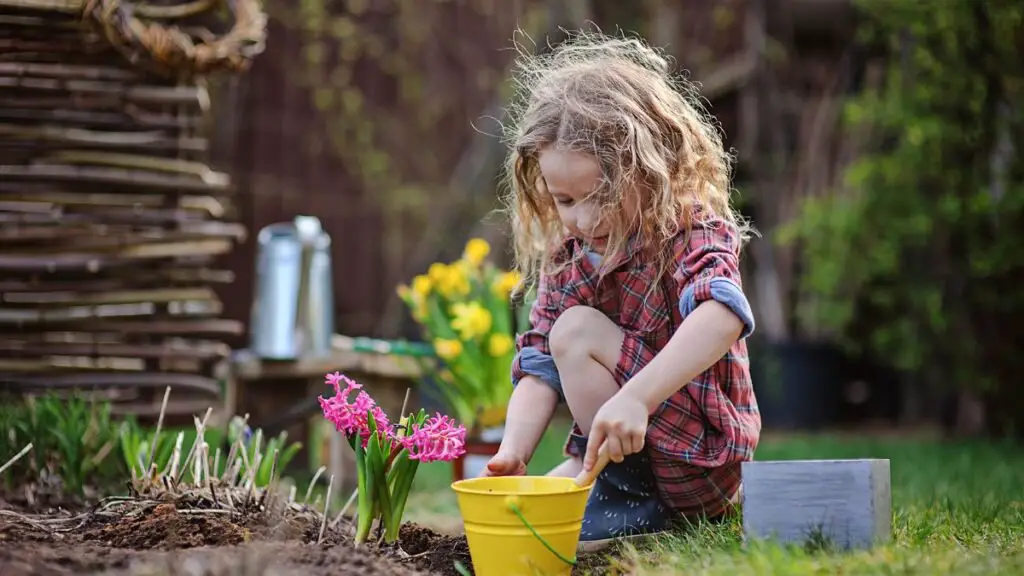
Dig Holes
Dig holes for your plants at the right depth and spacing, ensuring optimal root growth. Loosen the soil at the hole's bottom to facilitate root development. Make sure the holes are wide enough for the plant roots.
Plant Flowers
Follow seed packet instructions to sow seeds at the correct depth for successful germination. Carefully remove potted plants from their containers and place them in the prepared holes. Water newly planted flowers immediately to aid in their adjustment.
Firm Soil
Gently firm the soil around the newly planted flowers to offer adequate support. Avoid compacting the soil too tightly, as this can hinder root respiration. Secure the plants firmly in the soil to prevent them from toppling over.
Water Deeply
After planting, water your flowers deeply to encourage strong root establishment. Monitor soil moisture levels regularly and adjust watering frequency accordingly. Consider using a soaker hose or drip irrigation system for efficient and thorough watering.
Enhancing Growth and Health
Apply Mulch
Spread a layer of mulch around plants to retain soil moisture. Choose organic mulch like wood chips or straw for better plant health. Maintain a consistent mulch depth to prevent weed growth.
Mix Perennials and Annuals
Combine perennial plants for long-lasting blooms year after year. Integrate annual flowers for seasonal color and variety. Alternate between perennials and annuals for continuous flowering.
Maintaining Your Flower Garden
Water Plants
- Water plants early in the day to reduce evaporation and fungal diseases. Adjust watering frequency based on weather conditions and plant needs. Use a watering wand or nozzle to deliver water directly to the base of plants.
Establish Ecosystem
- Encourage beneficial insects like ladybugs and bees to pollinate flowers. Plant native species to support local wildlife and ecosystem balance. Avoid using chemical pesticides to maintain a healthy garden ecosystem.
Frequently Asked Questions
Plant Diseases
Prevent plant diseases by ensuring proper watering, adequate sunlight, and well-draining soil.
- Pros: Healthy plants, vibrant blooms.
- Cons: Time-consuming maintenance.
Pest Control
Combat pests naturally with companion planting, neem oil sprays, or insecticidal soaps.
- Companion planting: Marigolds deter aphids.
- Neem oil: Effective against various pests.
Troubleshooting Tips
Address wilting leaves by adjusting watering frequency or checking for root rot.
- Yellowing leaves may indicate nutrient deficiencies.
- Guidance: Consider fertilizing or adjusting soil pH.
Seasonal Maintenance
Prune flowering plants after blooming to encourage new growth and maintain shape.
- Deadhead spent flowers for continuous blooming.
- Mulch to retain moisture and suppress weeds.
Summary
In conclusion, planting a flower garden involves careful planning, preparation, and maintenance to ensure the successful growth of your blooms. By selecting the right plants, providing adequate care, and being diligent in upkeep, anyone can create a beautiful and thriving garden space. Remember to consider factors like sunlight, soil quality, and watering needs when choosing your flowers and tending to them regularly.
For those looking to start their own flower garden, now is the perfect time to put these tips into action. Get your hands dirty, embrace the process, and watch as your garden blossoms into a colorful sanctuary. Share your progress with others and continue learning about different plant varieties to enhance your gardening skills further.
Frequently Asked Questions
How do I choose the right flowers for my garden?
Select flowers based on your region's climate and sunlight conditions. Consider the size of the plants when they mature, their maintenance requirements, and colors that complement each other.
[Special requests] Ensure you research specific flower species suitable for your location to ensure successful growth.
When is the best time to plant a flower garden?
Plant annual flowers in the spring after the last frost date. Perennials can be planted in either spring or fall, depending on the species. Ensure soil temperature is appropriate for optimal growth.
[Special requests] Use gardening tools such as a soil thermometer to determine if it's the right time to plant.
How often should I water my flower garden?
Water your garden deeply once or twice a week, depending on rainfall and soil type. Adjust watering frequency during hot, dry periods or if plants show signs of wilting.
[Special requests] Consider using a soaker hose or drip irrigation system to deliver water directly to plant roots efficiently.
What nutrients do flowers need to thrive?
Flowers require essential nutrients like nitrogen, phosphorus, and potassium for healthy growth. Consider using organic compost or balanced fertilizer to provide these nutrients throughout the growing season.
[Special requests] Perform soil tests periodically to determine if any specific nutrient deficiencies need to be addressed.
How can I prevent pests from damaging my flower garden?
Implement cultural practices like proper spacing between plants, regular weeding, and good air circulation. Use organic pest control methods such as handpicking insects or applying neem oil as needed.
[Special requests] Encourage beneficial insects like ladybugs and lacewings that prey on harmful pests by planting companion plants that attract them.
Image Source: Paid image from CANVA

